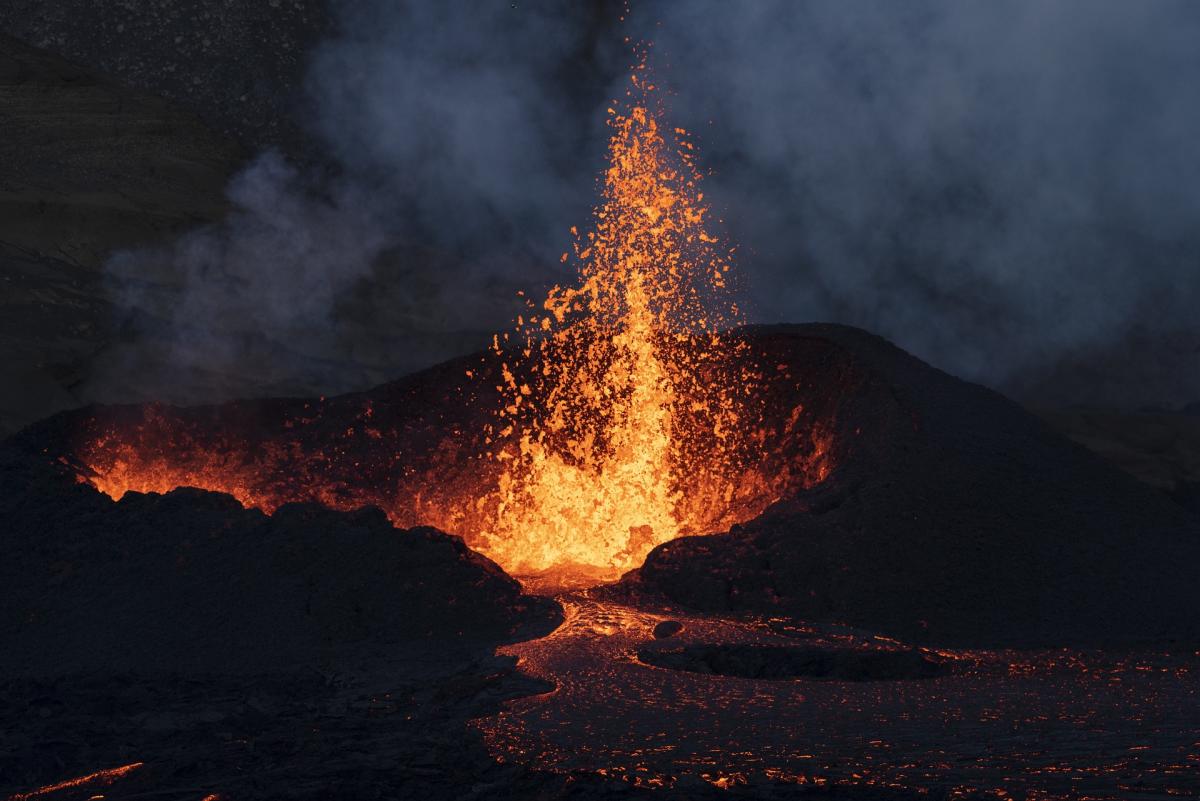
Through this kindergarten STEM project, students will develop an understanding of weather patterns and the changes that occur during different seasons. By engaging in hands-on activities, observations

Through this kindergarten STEM project, students will develop an understanding of weather patterns and the changes that occur during different seasons. By engaging in hands-on activities, observations

Lesson 2 of 4 Students will investigate and research key factors that impact urban heat islands. Equipped with evidence, students will draft a scaled drawing of a master-planned community applying

Students will use published scientific data and current evidence to identify the phenomenon known an urban heat island effect. Students will first analyze temperature data as well as land-use data

This lesson plan explores the science of natural disasters such as hurricanes, tornadoes, earthquakes, and volcanoes, and hurricanes. It is a lesson that would help enhance student's vocabulary and

In this challenge students will use various materials to build a flood barrier that will protect their home during a flash flood.

This two-part lesson models STEM instruction in the context of an ELD classroom. In this lesson (part 2), students pose a research question about clouds, weather, and/or climate, and address it with

Students will learn about the atmosphere and what causes it to form layers. Then, students will identify how the atmosphere interacts with the geosphere, hydrosphere, and biosphere. Students design an

This two-part lesson models STEM instruction in the context of an ELD classroom. In part 1 (this lesson), the goal is to promote scientific academic discourse in an ELD classroom. Students use a

In this lesson students will create a model to investigate how a location's temperature may change during an El Niño year. Students will construct landforms in a tray and then fill the tray with water